Intel D975XBX: Intel brings their Bad-Axe to Market
by Gary Key on January 26, 2006 12:05 AM EST- Posted in
- Motherboards
Audio Performance
The Sigmatel STAC9221D codec on the Intel D975XBX board does not fully support 3D Hardware, EAX1, or EAX2 modes as the other on-board codecs do at this time. Consequently, its performance is highly dependent upon the CPU and gaming support will be limited to generic OpenAL or 2D modes.
Obviously, if you are a serious gamer, then a dedicated sound card is still a requirement to ensure consistent frame rate averages across a wide variety of games. We noticed in our Battlefield 2, Serious Sam II, and Half Life 2 testing that the ALC882M solution would stutter in intensive scenes, creating frame rates in the low teens momentarily. We will be testing the Realtek R1.30 drivers in our next article to see if the minimal frame rates and stutter issues have been improved.
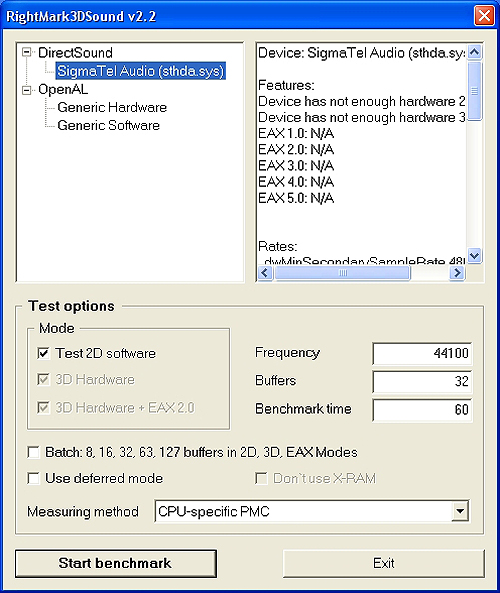
The Sigmatel STAC9221D codec on the Intel D975XBX board does not fully support 3D Hardware, EAX1, or EAX2 modes as the other on-board codecs do at this time. Consequently, its performance is highly dependent upon the CPU and gaming support will be limited to generic OpenAL or 2D modes.
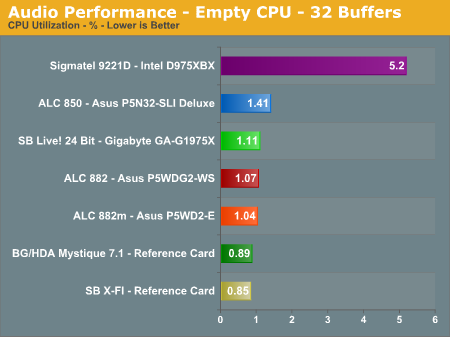

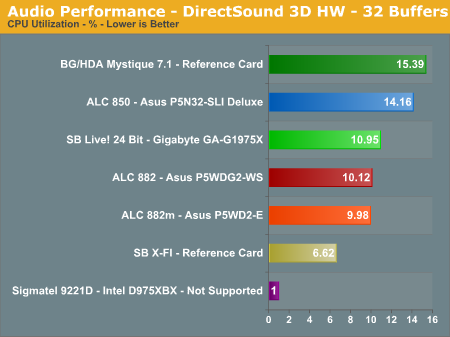
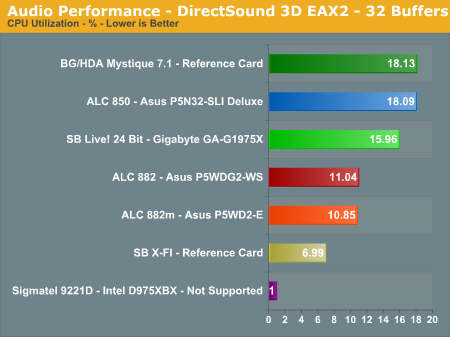
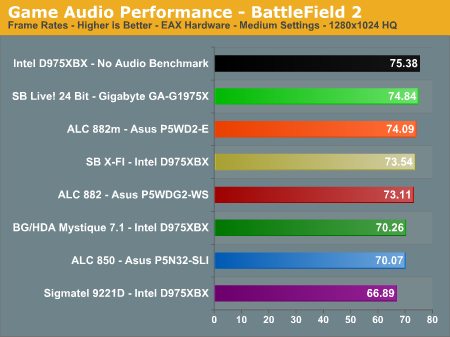
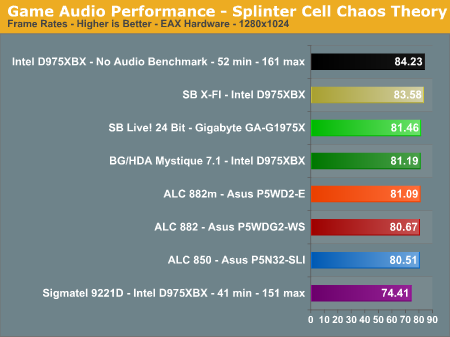
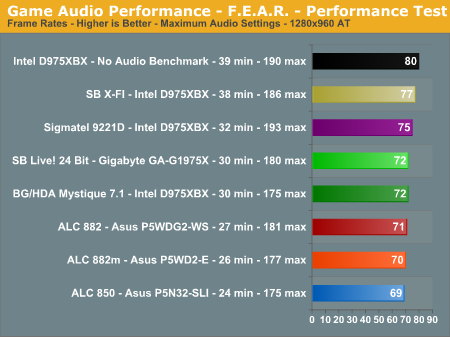
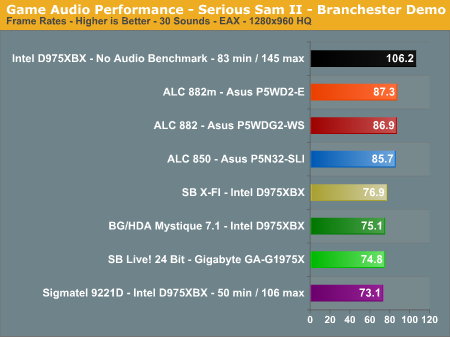
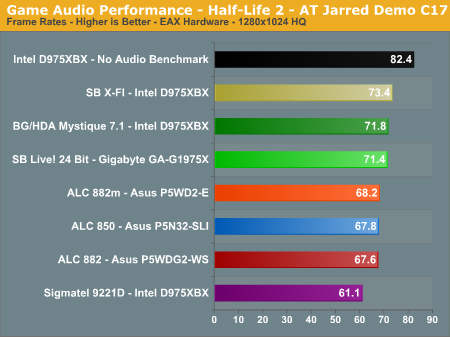
Obviously, if you are a serious gamer, then a dedicated sound card is still a requirement to ensure consistent frame rate averages across a wide variety of games. We noticed in our Battlefield 2, Serious Sam II, and Half Life 2 testing that the ALC882M solution would stutter in intensive scenes, creating frame rates in the low teens momentarily. We will be testing the Realtek R1.30 drivers in our next article to see if the minimal frame rates and stutter issues have been improved.
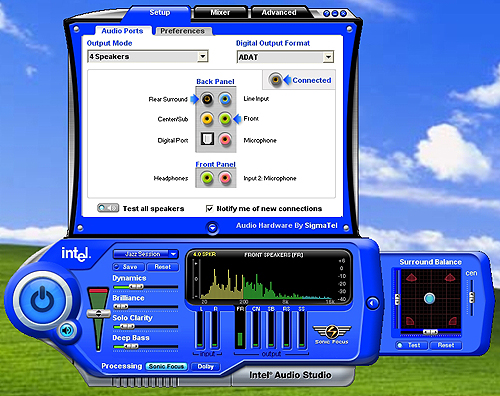
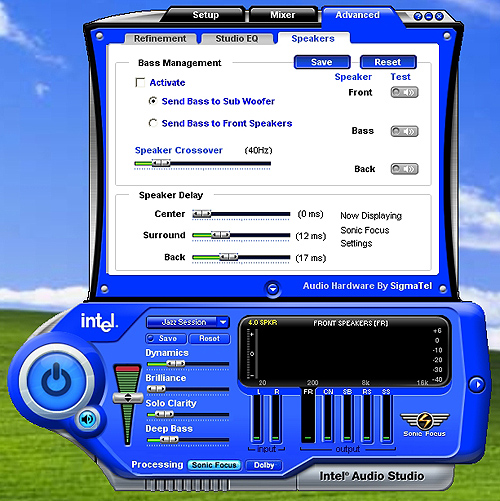










34 Comments
View All Comments
LoneWolf15 - Thursday, January 26, 2006 - link
"Bad Axe" is also a city in the state of Michigan.http://en.wikipedia.org/wiki/Bad_Axe,_Michigan">http://en.wikipedia.org/wiki/Bad_Axe,_Michigan
fishbits - Thursday, January 26, 2006 - link
That they chose to call this (or anything else) "Bad Axe" will be both the funniest and saddest thing I read all day.JarredWalton - Thursday, January 26, 2006 - link
I think it's a play off of "Bad Ass" - say it fast and "axe" sounds a lot like "ass" to me. Basically, it was a codename from Intel designed to sound cool. Love it or hate it, that's what they used. Intel has geeks working there too, it seems! :)BATCH71 - Thursday, January 26, 2006 - link
I really wanted this board to be a SLI-screamer. I guess that is not the case. Next processor will be an AMD.